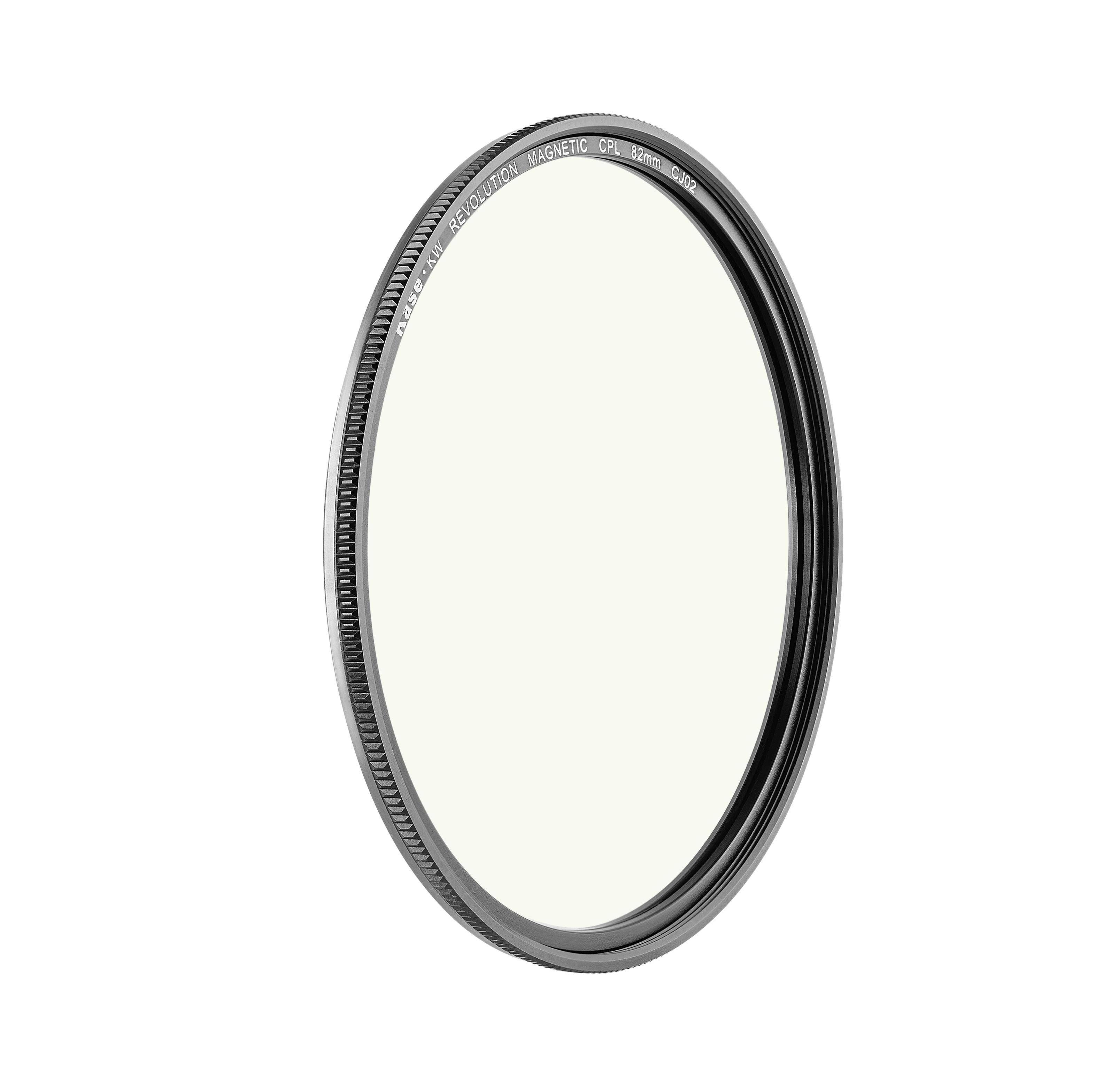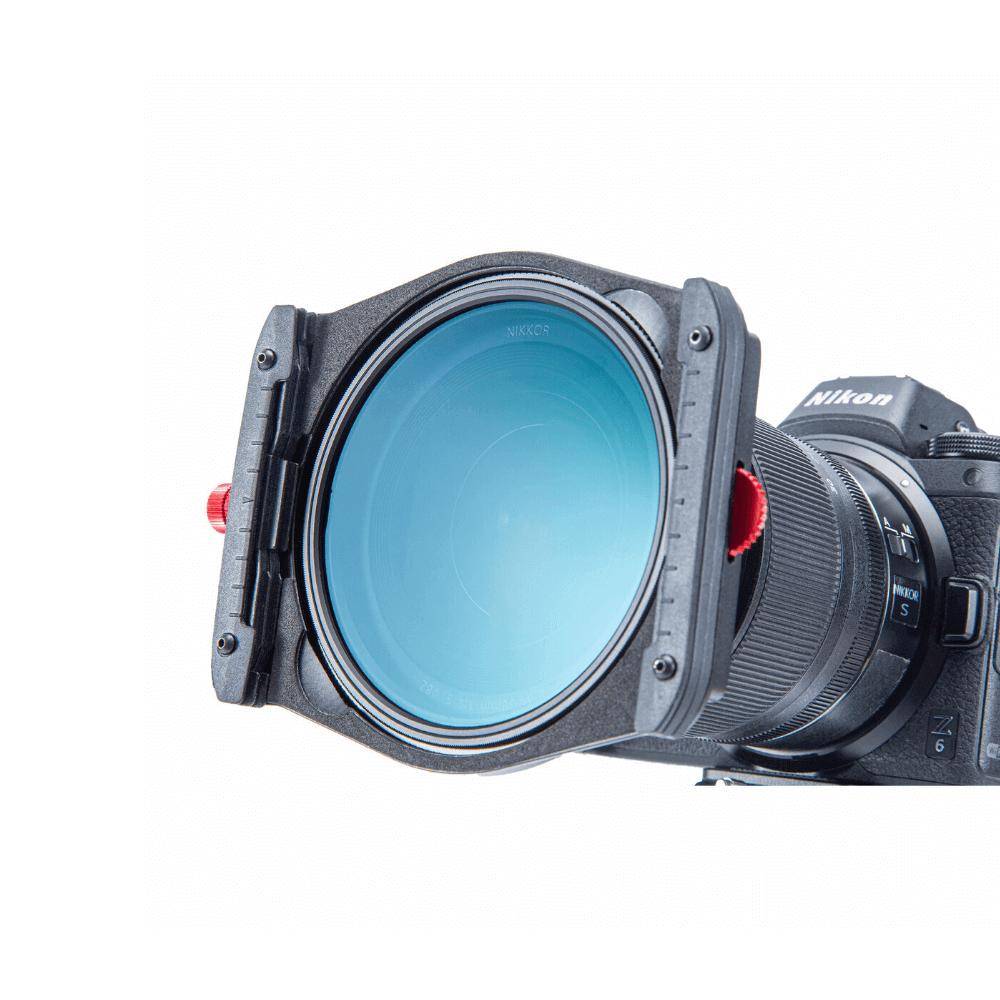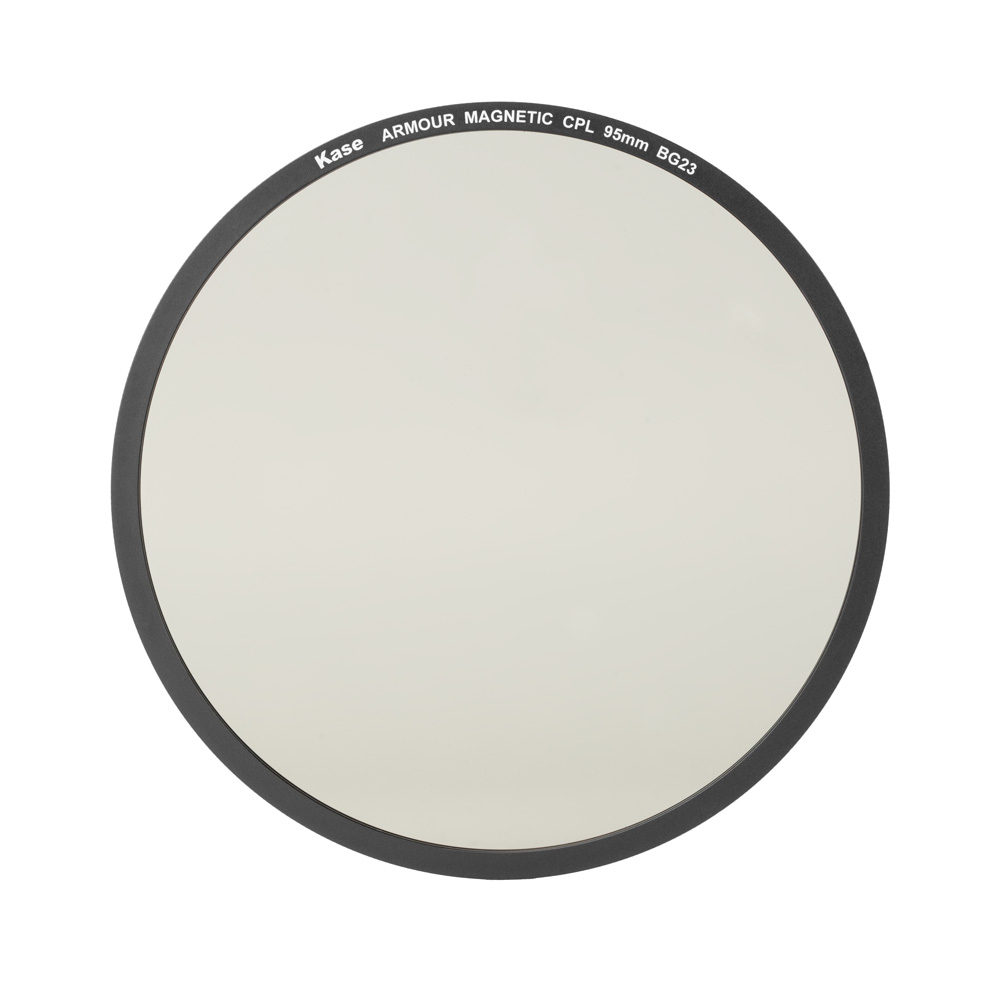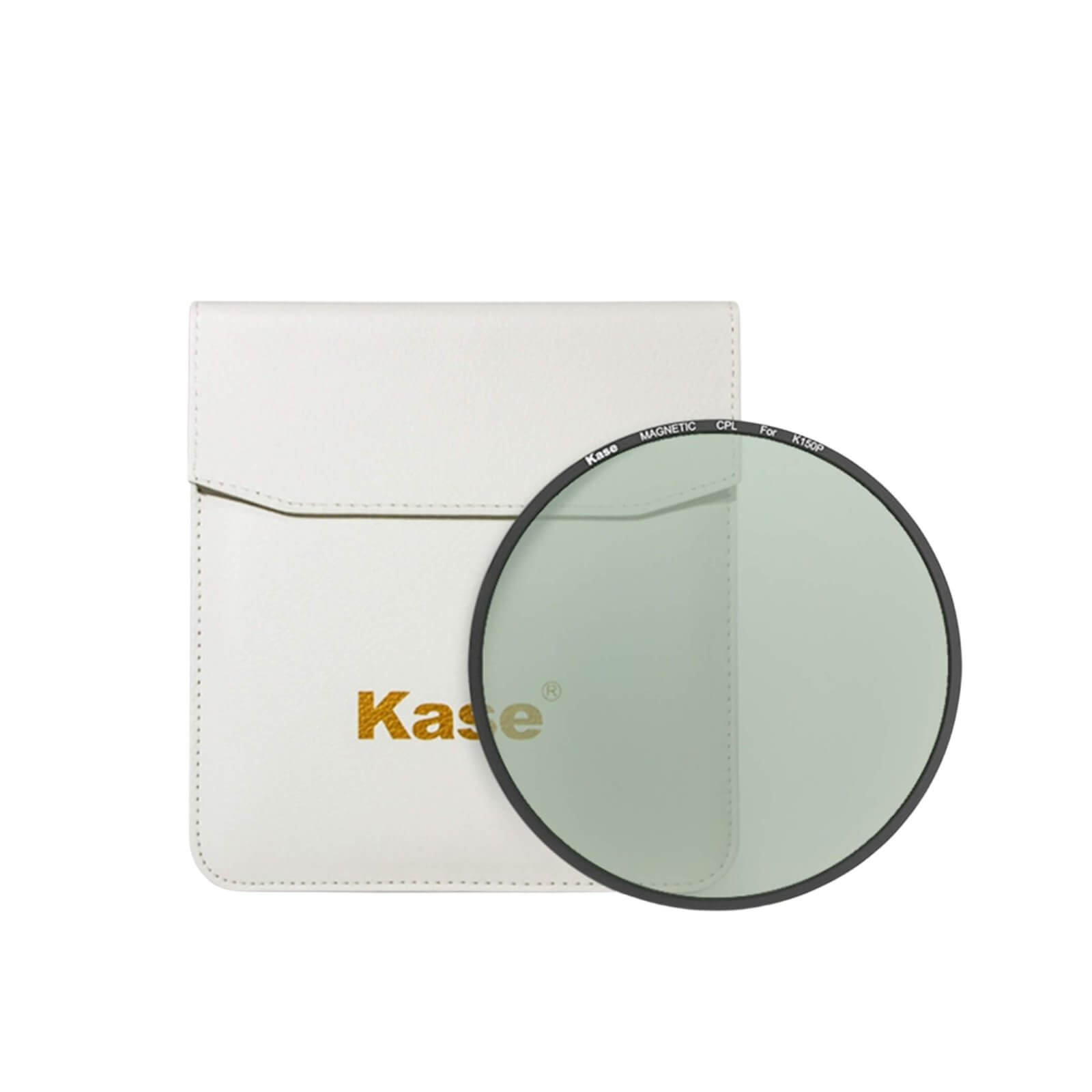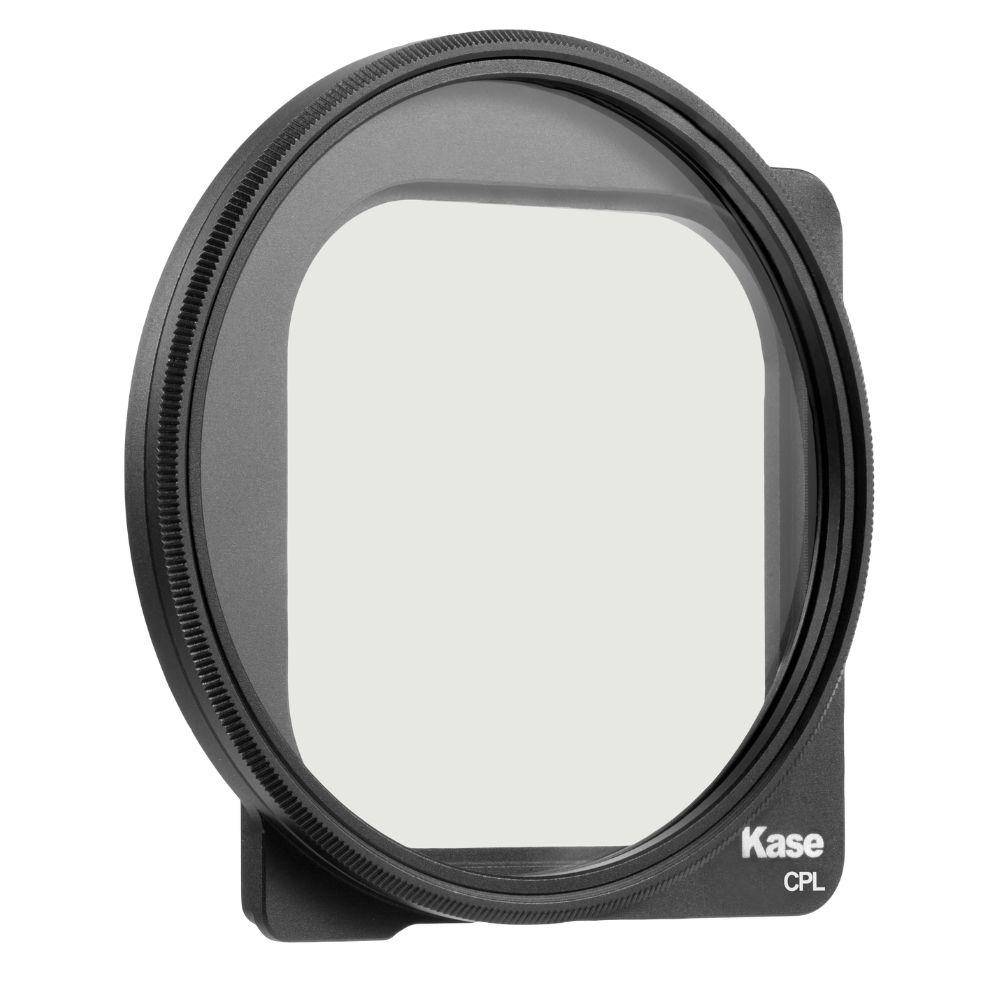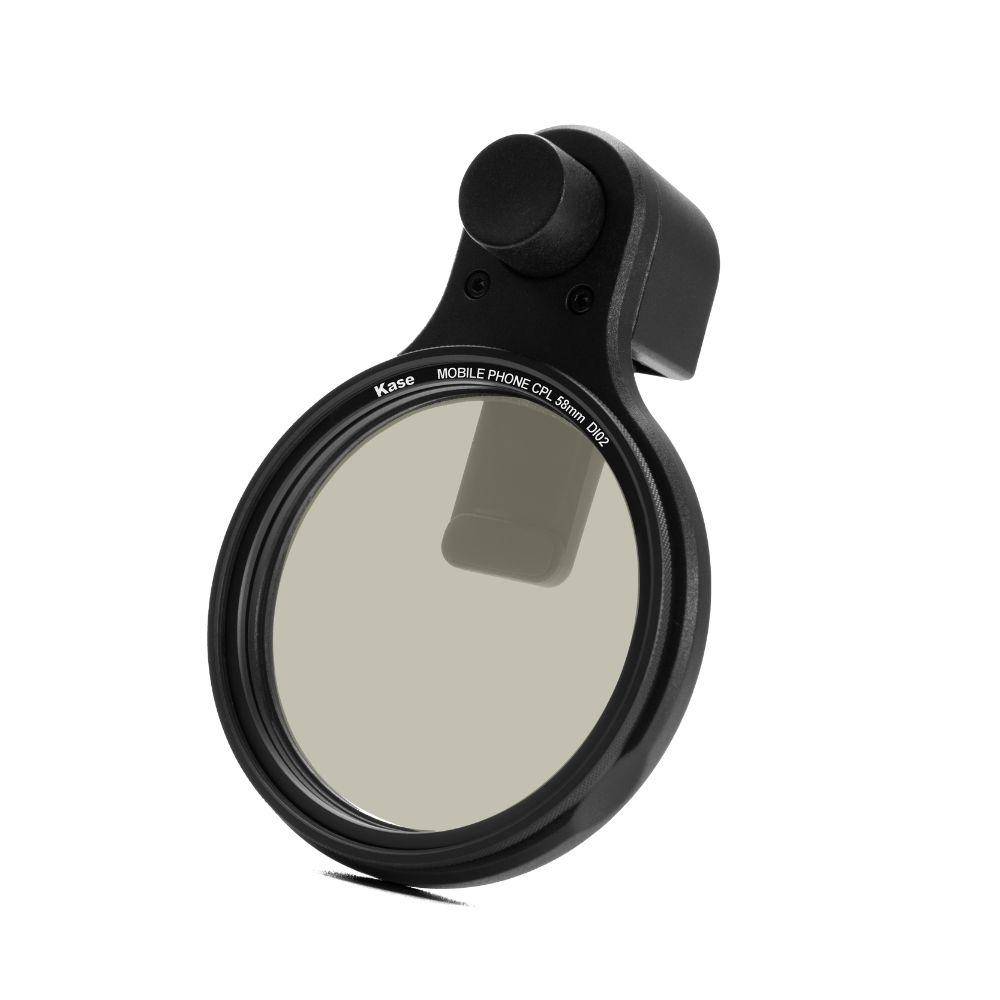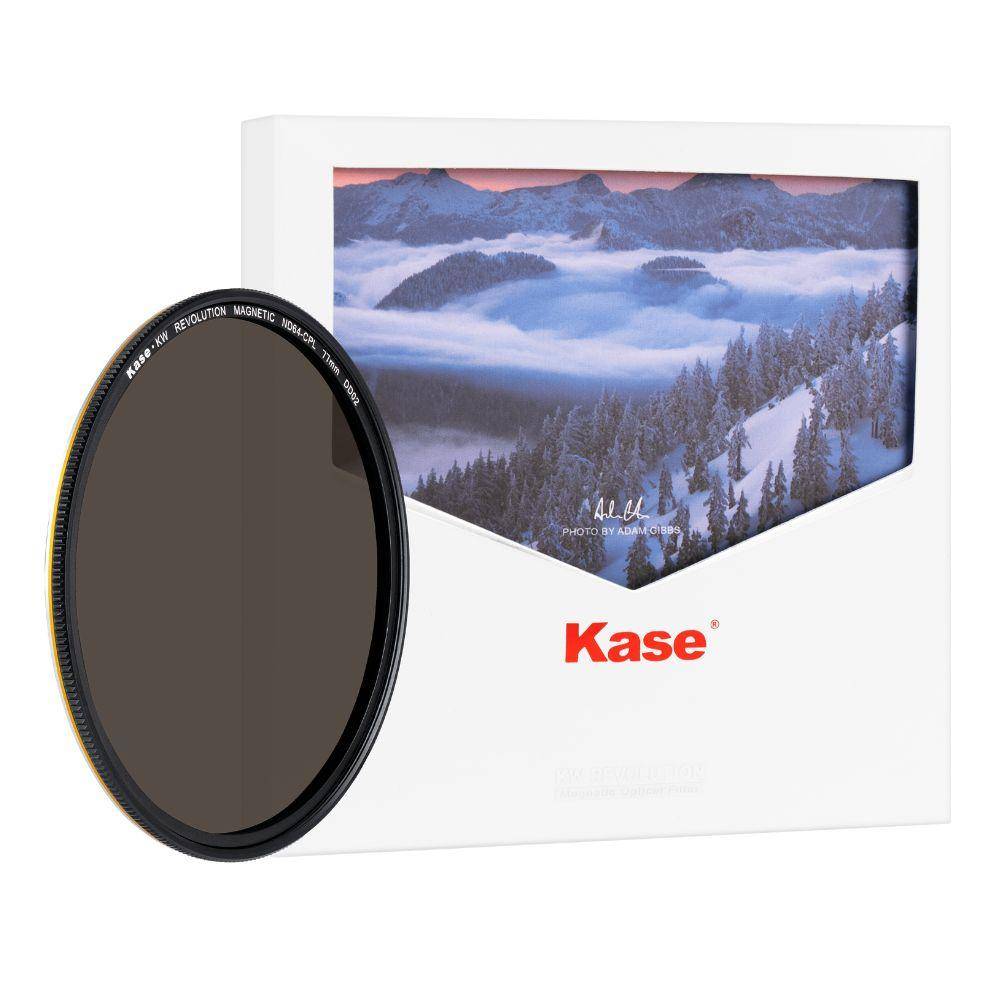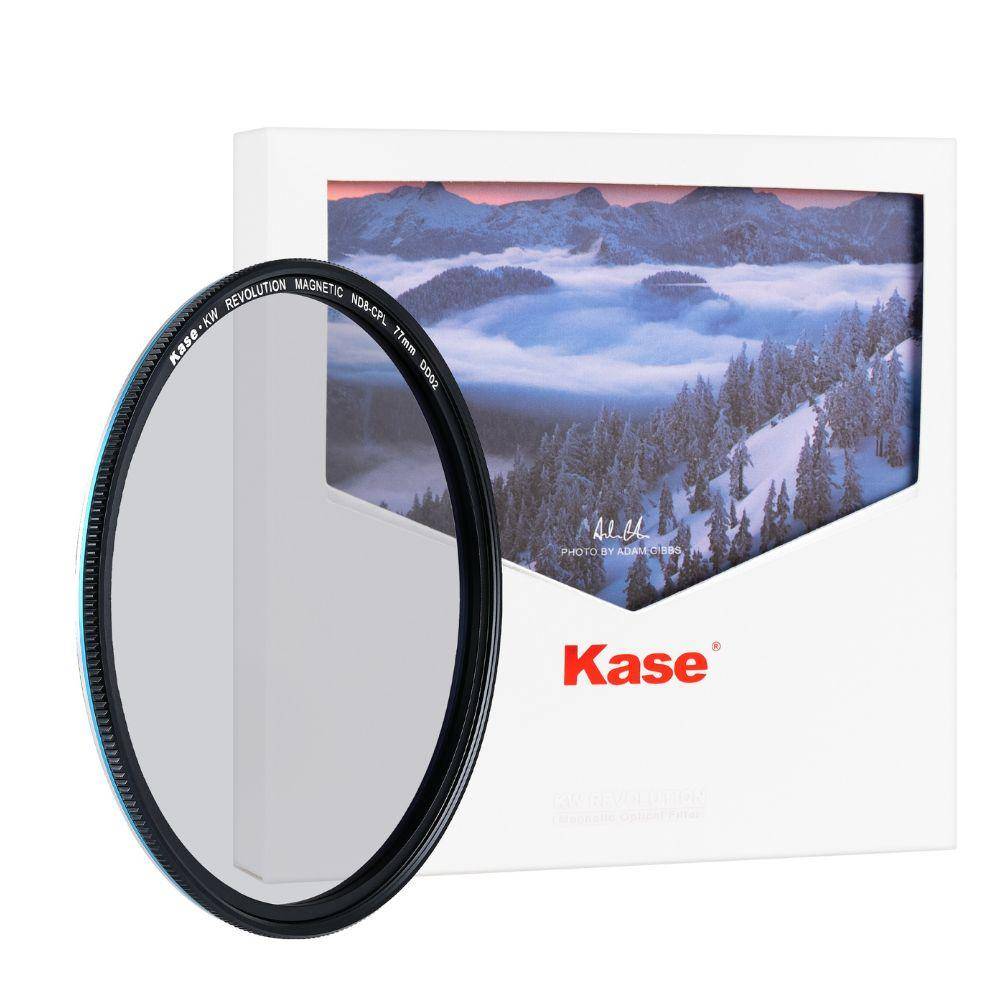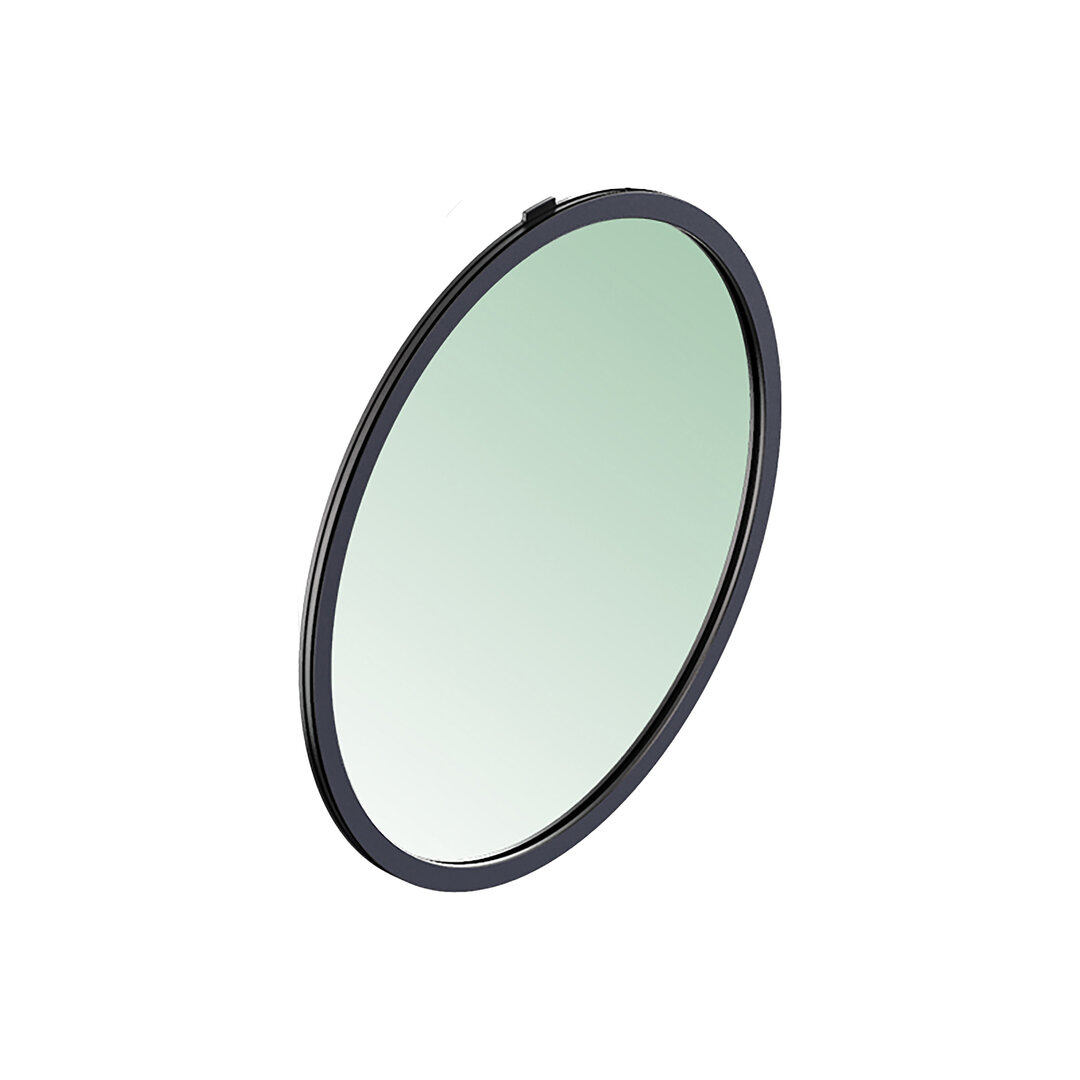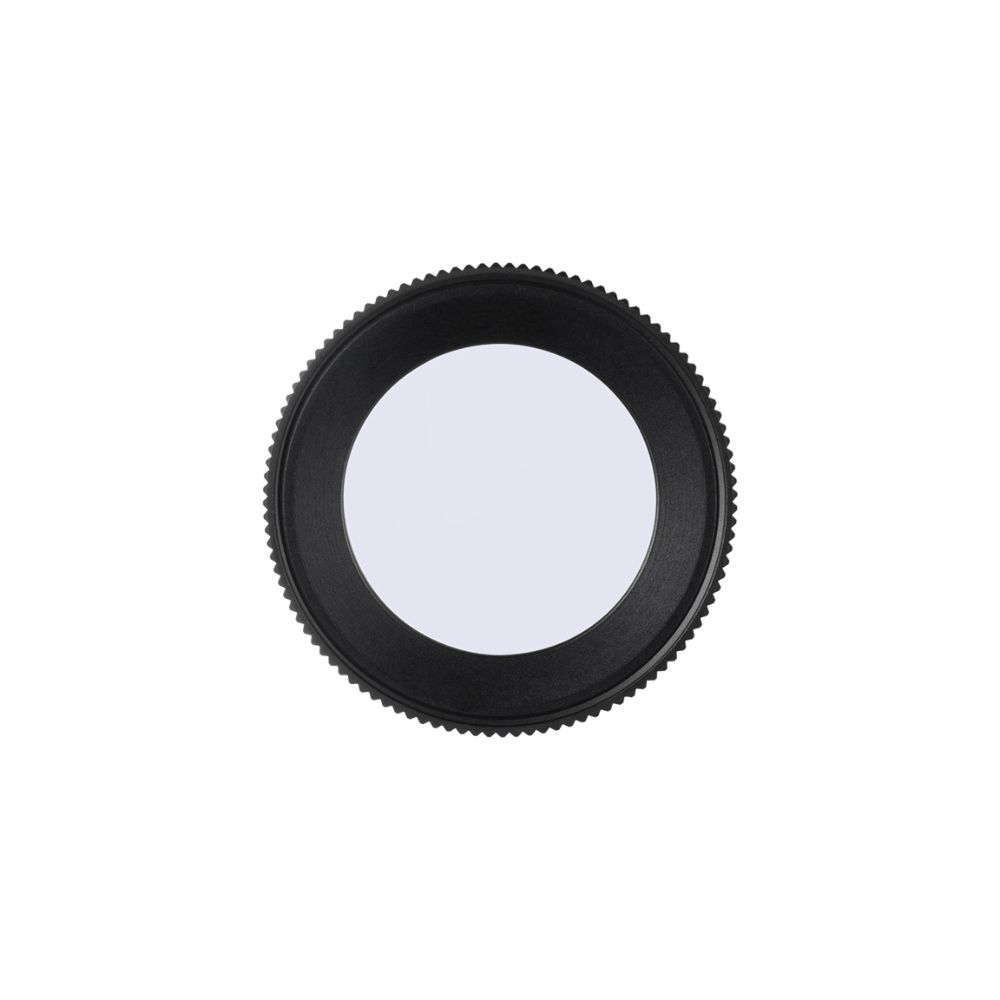Navigation
Kase High-Quality Magnetic Circular Polarizing (CPL) Filters
Check out Kase circular polarizer filters and choose the one that work best for you.
Filter products
In Stock
In Stock
In Stock
In Stock
In Stock
Preorder possible
In Stock
In Stock
In Stock
In Stock
Circular Polarizing Filters - Kase CPL camera filters
CPL stands for Circular Polarizer. Polarizing filters reduce reflections and light reflections from non-metallic surfaces in photo motifs. Despite digital image processing, people still depend on CPL filters because circular polarizing filters in photography compensate for the incorrect measurements of simple or linear polarization that can occur with modern DSLRs (single-lens reflex cameras) and DSLMs (system cameras). For example, in architectural photography, the reflections from windows are removed or amplified, or water is made to appear clear and transparent in landscape photography. The circular polarizer therefore filters the reflections of the environment and the sky.
At the same time, CPL camera lens filters intensify contrasts and make the green of the grasses and the blue of the sky appear richer or more contrasting. By turning the polarizing filter, the function can be perceived directly through the viewfinder of the camera, because the intensification of the green and blue tones and the reduction of the reflections is directly visible.
Photographing through the water surface with a circular polarizing filter
For example, if you want to photograph the fish in a body of water, there are often reflections of the sky or trees on the water surface. Therefore the fish are not or hardly to be recognized on the photo at all. With a circular polarizer on the camera these reflections of the sky on the water surface are almost completely eliminated, so that the fish are clearly visible in the picture.
Improve colours in landscape photography with a CPL filter
Another common problem is that especially on cloudy days the different shades of green often look very similar in nature. With a polarizing filter you can create bright colors here. The reason for this is that the sky is also reflected on the leaves. The surface does not reflect as much as for example water, but the white of the sky is reflected here as well. This means that the green tones are not as strong as on a sunny day. So by using a polarizing filter on the camera, you can avoid the reflections and create more colorful images. This effect of the circular polarizer filter can be used in almost all areas of nature photography.

Using a polarizer filter to enhance the contrast and the blue of the sky
If a subject is at a 90° angle to the sun, a polarizing filter can be used to enhance the blue of the sky. Excellent colors and contrasts can only be achieved with the help of this filter.

Frequently Asked Questions about CPL Filters
How does a circular polarizing filter work?
Light naturally oscillates in three dimensions, being emitted by a light source, reflected by objects, and absorbed by surfaces. As light moves through space, it oscillates in all directions. A CPL filter ensures that light only oscillates in one plane, adjusting the direction and degree of polarization through rotation.
Can I always leave a polarizing filter on the lens?
While it's possible to leave a polarizing filter on your lens, it's not recommended. The filter absorbs light, darkening the image and leading to longer exposure times. Its effect may not always be desirable, so use it only when you need the specific effect.
How much light does a CPL filter absorb?
A polarizing filter reduces the amount of light reaching the camera sensor, typically absorbing about two apertures worth of light. This could be a disadvantage, as you may need to use a tripod or increase ISO depending on the light. However, in certain situations, a longer exposure time could enhance the effect.
Is it possible to use one circular polarizer with different lenses?
Yes, you can use one circular polarizing filter for multiple lenses with the help of a step-up ring. Choose the filter size for the lens with the largest filter diameter, and the step-up ring will adapt the filter to fit different thread diameters. See our adapter rings here.
What do you have to consider when buying a polarizing filter for photography?
First, determine which lens you want to use the filter with. Common filter sizes include 49mm, 52mm, 58mm, 62mm, 67mm, 72mm, 77mm, and 82mm. Make sure to select a polarizing filter that matches the lens diameter.
What is the difference between circular polarizing filters (CPL filters) and linear polarizing filters?
Linear polarizing filters only allow light of a certain polarization direction to pass through, but can interfere with exposure metering systems in SLR cameras. Circular polarizing filters avoid this issue by first filtering out light in one direction, then "circulating" the polarization toward the camera, making them suitable for digital photography.
How can I clean the circular polarizing filter?
The polarizing filter consists of a polarizing film between two lenses, which can accumulate dust or stains. Avoid wiping it directly, as this could cause scratches. Use a blower or brush to remove dust, and clean with a microfiber cloth or a cloth dampened with distilled water. Regular cleaning is essential to maintain image clarity.
How to use a circular polarizing filter?
To use a CPL filter, attach it to the lens (magnetic versions are easy to attach). Since the filter will increase exposure time, a tripod is recommended to avoid blurring. Rotate the filter to adjust the effect; the darkest result occurs when the filter is positioned at a 90-degree angle to the sun.
Can you also create the polarizing filter effect in post-processing?
Unlike effects created by ND or infrared filters, the polarizing effect cannot be replicated in post-processing. The CPL filter’s physical effect on light cannot be mimicked, and removing reflections requires complex editing that often doesn't achieve a perfect result. For best results, use the CPL filter directly while shooting.












